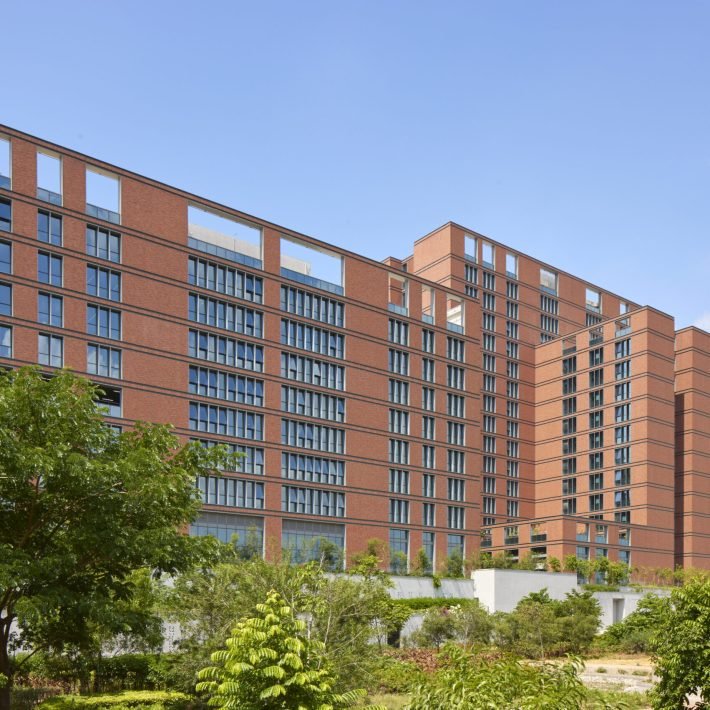Discussion of 3D construction printing (3DCP) technology with Abhijeet Gawde, Head of Business Development & Marketing, Godrej Construction, and Vidyashankar C, Co-Founder and COO, Tvasta.
In what ways does the project benefit from the 3D construction printing (3DCP) technology?
A method of automated fabrication of structures or building components is 3D construction printing or 3DCP. The use of time and resources can be more efficiently used by using 3DCP technology to dramatically shorten construction times. We may design a building or a structure on a computer, translate it into simple code, and then send it to a 3D printer to be built. This is called 3D printing technology. Due to the fact that 3D printers can run continuously, less trash is produced, and construction workers are more secure. Autonomous or semi-autonomous 3D printers require minimal human surveillance. As 3D printing can eliminate the formwork, this major cost component in the construction process can be significantly reduced.

Godrej Construction and Tvasta created a bus shelter that was 3D printed in only 32 hours and put together on-site in just 8 hours. The one-of-a-kind building has a distinctive physical form that uses curved geometry to highlight the technological advancements in the construction industry’s tremendous potential as well as its aesthetic versatility and structural advantages.
How can a homeowner or other user take advantage of this method and meet the intricate requirements of the modern lifestyle?
Add details using appropriate examples. In India, there is a large imbalance between supply and demand for infrastructure. The following are some of the main possible advantages of 3DCP Solutions for users:
The accelerated pace of construction: One of the main advantages of 3DCP as a technology is that it may address all of the aforementioned difficulties without sacrificing the final structure’s quality and contribute to decreasing time-cost overruns.
Tvasta developed India’s FIRST 3D Printed House (Chennai) expressly to address these issues and alter perceptions of the Indian construction industry. It was built in 21 days during Chennai’s active storm season and the pandemic in November and December of 2020.
The Construction 3D Printer and its related subsystems were created to operate with the least amount of energy possible. These systems are also in-place monitored for effectiveness and power usage. The information gathered from this monitoring is used to iteratively enhance the system and technology design as well as live performance enhancement.

Further, in terms of cost, how affordable is it? And in which price segment can it be used?
Depending on the intended use, 3DCP allows for a significant reduction in cost without sacrificing the quality of the structure (and at a significantly faster rate of construction). The cost factor is anticipated to decrease further as the technology scales, making 3DCP one of the most commercially viable solutions for building. The entire cost of reconstruction is reduced due to significant time savings and the lean development process, which are two of the primary technological factors resulting in cost advantages. Formwork, both temporary and permanent, can be eliminated, which is a significant economic value increase in and of itself.
The supply chain factors have no financial effects because printers can be transferred for off-site construction.
The 3DCP technology is still at a relatively early stage of research and is constantly changing. In 3-5 years, it’s anticipated that 3DCP will be widely adopted. In 7–10 years, 3DCP and related modular construction technologies are anticipated to play a key role in construction operations in India. -Swati Balgi















